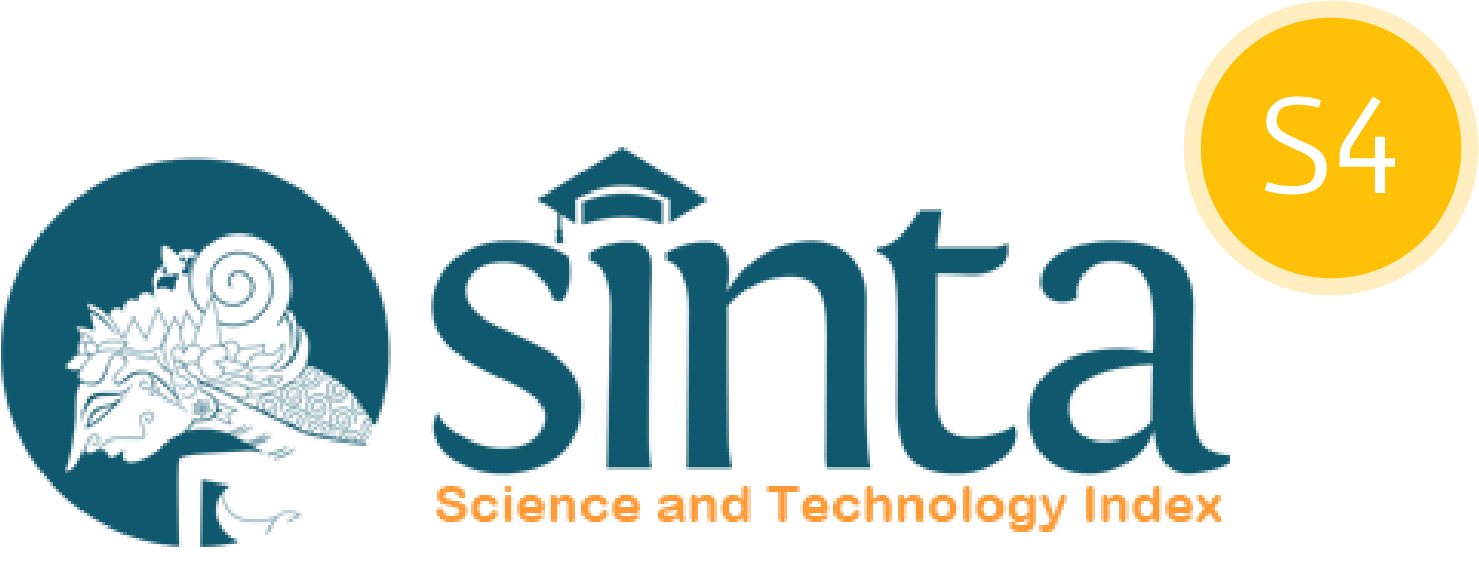Shallot Agrotourism Based on Local Resources (Mulch and Organic Fertilizer) to Achieve Sustainable Agroecosystem in Sigerongan Village
DOI:
10.29303/ujcs.v6i3.1163Published:
2025-09-30Issue:
Vol. 6 No. 3 (2025): SeptemberKeywords:
Agrotourism, Plot Demonstration, Participatory, Sustainable AgricultureArticles
Downloads
How to Cite
Downloads
Metrics
Abstract
The Farming in Sigerongan village is highly intensive, potentially leading to chemical residues such as pesticides and fertilizers, which pose a problem for the biological, physical, and chemical balance of the soil and the environment. Sigerongan village, with its "Sumber Hidup" Farmers Group, is a popular destination for local tourism, necessitating the development of a farming system that is both economically valuable and environmentally friendly. Shallot farming offers an alternative for developing agrotourism through the use of local resources such as rice mulch and organic fertilizer. Researchers have collected several superior shallot varieties and utilized mulch and manure to increase the productivity of small plots. To achieve this goal, direct extension activities and demonstration plots (action research) have been conducted with farmers. The training method used is adult education (POD) using participatory techniques. These activities aim to improve the skills and knowledge of partner farmers. The results of the activity showed that the development of shallot agrotourism based on local resources has been carried out in the "Sumber Hidup" farmer group in Sigerongan village. Partner farmers have been very responsive to the community service activities. The technological transformation process of using rice straw mulch and cow manure in shallot cultivation has been implemented. Partner farmers are expected to experience behavioral changes in knowledge, skills, and attitudes to develop shallot agrotourism. 3. The chemical-free shallot cultivation technique that has been developed has the potential to promote agrotourism in Sigerongan village.
Author Biographies
A. Farid Hemon, Study Program of Sustainable Agriculture Doctor, Postgraduate, University of Mataram, Mataram, Indonesia.
Tufaila Hemon, Study Program Soil Science, University of Halu Oleo, Kendari, Indonesia.
Endah Wahyuningsih, Study Program of Natural Resource and Enviroenment Postgraduate, University of Mataram, Mataram, Indonesia.
Lestari Ujianto, Study Program of Dryland Agriculture Master, Postgraduate, University of Mataram, Mataram, Indonesia.
Dwi Putra Buana Sakti, Study Program of Tourism Planing Master, Postgraduate, University of Mataram, Mataram, Indonesia.
License
Copyright (c) 2025 A. Farid Hemon, Tufaila Hemon, Endah Wahyuningsih, Lestari Ujianto, Dwi Putra Buana Sakti

This work is licensed under a Creative Commons Attribution 4.0 International License.
You are free to:
- Share — copy and redistribute the material in any medium or format for any purpose, even commercially.
- Adapt — remix, transform, and build upon the material for any purpose, even commercially.
The licensor cannot revoke these freedoms as long as you follow the license terms.
Under the following terms:
- Attribution — You must give appropriate credit, provide a link to the license, and indicate if changes were made. You may do so in any reasonable manner, but not in any way that suggests the licensor endorses you or your use.
- No additional restrictions — You may not apply legal terms or technological measures that legally restrict others from doing anything the license permits.
Notices:
You do not have to comply with the license for elements of the material in the public domain or where your use is permitted by an applicable exception or limitation.
No warranties are given. The license may not give you all of the permissions necessary for your intended use. For example, other rights such as publicity, privacy, or moral rights may limit how you use the material.




